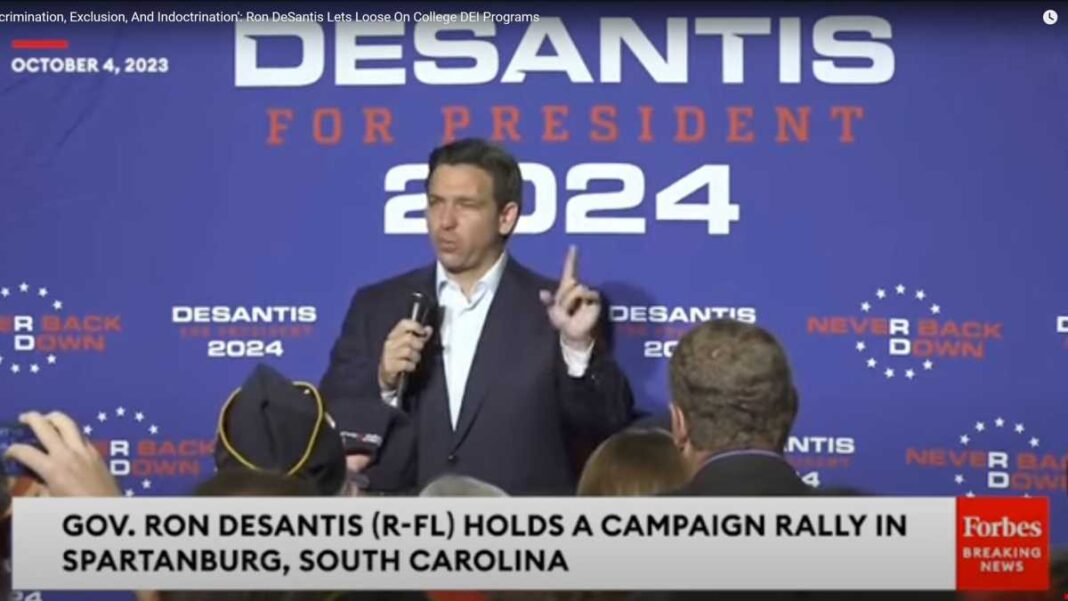The National Science Foundation spent $39 million on Track F, a program related to censoring, suppressing Americans’ speech, says a new report.
Officials from the National Science Foundation tried to conceal the spending of millions of taxpayer dollars on research and development for artificial intelligence tools used to censor political speech and influence the outcome of elections, according to a new congressional report.
The report looking into the National Science Foundation (NSF) is the latest addition to a growing body of evidence that critics claim shows federal officials—especially at the FBI and the CIA—are creating a “censorship-industrial complex” to monitor American public expression and suppress speech disfavored by the government.
“In the name of combatting alleged misinformation regarding COVID-19 and the 2020 election, NSF has been issuing multimillion-dollar grants to university and nonprofit research teams,” states the report by the House Judiciary Committee and its Select Subcommittee on the Weaponization of the Federal Government.
“The purpose of these taxpayer-funded projects is to develop AI-powered censorship and propaganda tools that can be used by governments and Big Tech to shape public opinion by restricting certain viewpoints or promoting others.”
The report also described, based on previously unknown documents, elaborate efforts by NSF officials to cover up the true purposes of the research.
The efforts included tracking public criticism of the foundation’s work by conservative journalists and legal scholars.
The NSF also developed a media strategy “that considered blacklisting certain American media outlets because they were scrutinizing NSF’s funding of censorship and propaganda tools,” the report said.
NSF Responds
In a statement to The Epoch Times, an NSF spokesman categorically rejected the report’s allegations.
“NSF does not engage in censorship and has no role in content policies or regulations. Per statute and guidance from Congress, we have made investments in research to help understand communications technologies that allow for things like deep fakes and how people interact with them,” the spokesman said.






